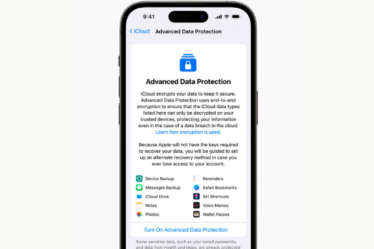
Zoom is taking a big leap forward in video conferencing security with the introduction of post-quantum end-to-end encryption (E2EE) for Zoom Meetings. This new feature, soon to be available for Zoom Phone and Zoom Rooms as well, safeguards user data against the potential threat of powerful quantum computers that could crack traditional encryption methods in the future.
What is Post-Quantum Encryption?
Traditional encryption relies on complex mathematical problems that are difficult for today’s computers to solve. However, quantum computers operate on different principles and have the potential to break these encryption methods. Post-quantum encryption uses new algorithms designed to be resistant to attacks from quantum computers.
How Does Zoom’s E2EE Work?
With E2EE enabled, only meeting participants have access to the encryption keys used to scramble the video and audio data. This means even Zoom’s servers cannot decrypt the communication, further protecting user privacy.
Why is This Important?
While quantum computers are still under development, experts predict they could become a reality within the next decade or so. By implementing post-quantum encryption now, Zoom is ensuring the continued security of user data well into the future. This proactive approach protects against “harvest now, decrypt later” attacks where malicious actors might store encrypted data today, hoping to crack it when quantum computers become more powerful.
Zoom Takes the Lead in Secure Communication
Zoom’s adoption of post-quantum encryption follows similar moves by other communication platforms like Signal and Apple iMessage. This demonstrates Zoom’s commitment to user privacy and its desire to be a leader in secure video conferencing solutions.
Looking for More Information?
Visit Zoom’s support page to learn more about which versions and platforms of Zoom Workplace are compatible with post-quantum E2EE.



